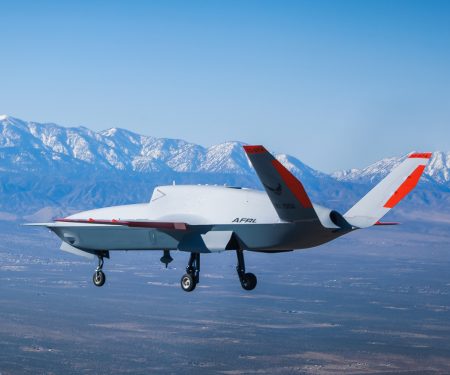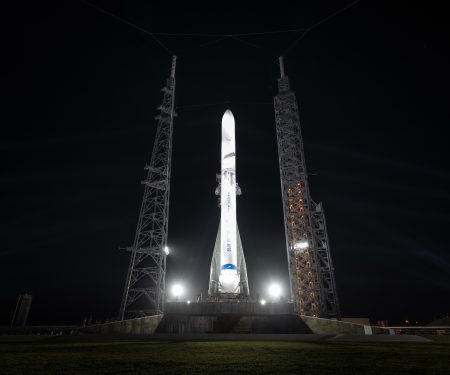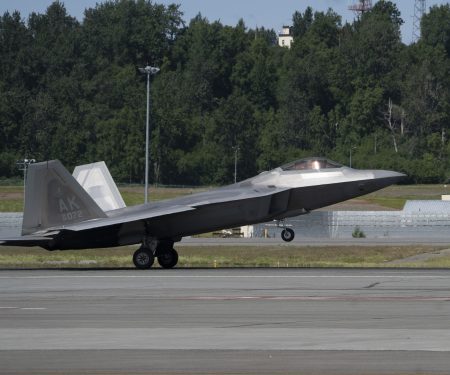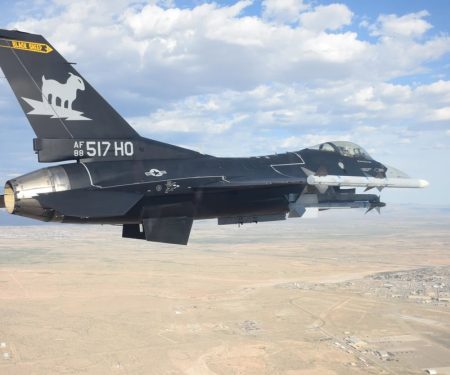Radar Sweep
US Nuclear Missile Program Costs Soar to Around $160 Billion, Sources Say
The cost of an Air Force program to replace aging nuclear missiles has ballooned to about $160 billion from $95.8 billion, three people familiar with the matter said, threatening to slash funding for other key modernization plans.
USAF Secretary Looks to Implement Lasting Changes
Frank Kendall has spent 15 years fixated on creating a U.S. military able to counter the threat China poses to American security. Now, as he looks to what could be the last several months in his current role, his top concern is far closer to home.
Hamas Rejects Report That It Dropped Key Demand in Possible Cease-Fire Deal
Hamas says that reports that the militant group has dropped a key demand during ongoing discussions for a cease-fire deal are inaccurate, a senior Hamas official told CBS on July 7. The official said the militant group—which controlled Gaza before triggering the war with an Oct. 7 attack on Israel—has not dropped the demand that Israel give an up-front commitment for a complete end to the war.
PODCAST: Chinese Spacepower, NGAD Turbulence, and Congressional Update: The Rendezvous
In episode 191 of the Aerospace Advantage, Heather Penney chats with members of the Mitchell Institute team about the latest defense news from the Beltway and the broader national security community. China is pressing hard in space, with numerous lines of effort underway. The experts discuss what this means and why it matters. We also assess what is up with recent Air Force leadership statements regarding the Next-Generation Air Dominance (NGAD) program. They also assess where the defense bills are in Congress, with the House and Senate each advancing their versions of the authorization and appropriations language.
What Could a New Labour Government Mean for UK Defense?
Several Tory prime ministers ... have made supporting Ukraine a key focus of its international policy. Labour seems poised to continue that support, which will be welcome news in Kyiv. Other key pledges from Labour leaders include defense spending reaching 2.5 percent GDP as soon as possible—albeit with a clause that Labour’s own fiscal rules must be met—as well as cast iron support for the UK’s Continuous At Sea Deterrent (CASD) and NATO, rebuilding relations with the European Union and completion of a new strategic defense review by July 2025.
US Says Troops Are Leaving Niger Bases This Weekend and in August After Coup
The U.S. will remove all its forces and equipment from a small base in Niger this weekend and fewer than 500 remaining troops will leave a critical drone base in the West African country in August, ahead of a Sept. 15 deadline set in an agreement with the new ruling junta, the American commander there said July 5. Air Force Maj. Gen. Kenneth Ekman said in an interview that a number of small teams of 10-20 U.S. troops, including special operations forces, have moved to other countries in West Africa. But the bulk of the forces will go to Europe, at least initially.
OPINION: Coldest War: ‘Near-Arctic’ China Joining Power Competition in North
“The competition between China and the United States for global supremacy is moving into a new frozen theater. The undeveloped Arctic region, with its wealth of resources, logistical nodes for faster travel and vast military and strategic potential, has long made it an important frontier for nations including Russia and the U.S. seeking geopolitical dominance,” Capt. Nicholas Tachias, a Military Intelligence Officer in the U.S. Army.
Seeding the Future of Space Warfare
As the United States and China compete for space dominance, the Pentagon is tapping the private sector to maintain its edge. Enter SpaceWERX, a relatively unknown entity within the U.S. Space Force that is serving as the military’s bridge to cutting-edge commercial space technology.
Air Force to Rethink Its Installations in New Action Plan Focused on Indo-Pacific Threat
The Air Force's new promise of "Re-optimization for Great Power Competition”—centered on the belief that the service needs to be better postured to win in a potential fight with China—is forcing officials to confront "two important realities" concerning the resiliency of their installations, Ravi Chaudhary, assistant Air Force secretary for energy, installations, and environment, told Inside Defense.
NATO Needs to Look Toward Pacific Because of Current Realities, Jens Stoltenberg Says
NATO Secretary-General Jens Stoltenberg said July 7 the presence of Australia, Japan, New Zealand, and South Korea at this week’s NATO summit demonstrates the world is getting more complex. Speaking on CBS’ “Face the Nation,” he said, “The war in Ukraine demonstrates how closely aligned Russia and China and North Korea and Iran are. China is the main enabler of Russia’s war aggression against Ukraine.”
Which WWII Bomber Was the Most Mass-Produced?
When the U.S. entered WWII, the nation's aircraft manufacturers realized that for the good of the war effort, they needed to set aside profits and competition. So, the designs of aircraft were shared so that they could be mass-produced.





